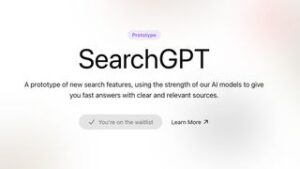/cdn.vox-cdn.com/uploads/chorus_asset/file/24347780/STK095_Microsoft_04.jpg)
Microsoft is overhauling its project management services to help small teams and businesses better keep track of work. During the company’s Ignite event on Wednesday, Microsoft announced that some of its existing task management and planning tools — Microsoft To Do, Microsoft Planner, and Microsoft Project for the web — will be combined into a single, unified experience next year under the name Microsoft Planner.
The new Microsoft Planner experience will first be available within the Planner app in Microsoft Teams in spring 2024, with a web experience to follow later that year. The existing Tasks by Planner and To Do apps in Microsoft Teams are being renamed to just “Planner.” Microsoft Project for the web is also expected to be renamed Planner in the “coming months,” though Microsoft says existing users will be able to access the same features following the update.
In its press release, Microsoft said the new Planner experience will include “AI-enabled capabilities” and aims to provide a single place for employees to manage their work, “from information workers to frontline workers to project managers.”
Copilot in Microsoft Planner will help users create plans using text prompts
Some of the expected benefits include allowing users to easily find tasks, scheduling and resourcing tools for creating project plans, and a Copilot AI integration. Microsoft Copilot (previously called Bing Chat) in Planner will be able to help users create plans using text prompts and will suggest goals and new tasks as the plans take shape.
Details about the product are otherwise currently slim, and Microsoft hasn’t mentioned if any features from the existing Planner and To Do apps will be dropped for this incoming mash-up.
Aside from the Copilot benefits, the new Planner experience doesn’t sound too dissimilar from existing task management services like Trello, Asana, and Airtable. Microsoft hasn’t specifically mentioned why it’s unifying its existing planning tools, though perhaps they stand a better chance against rival task management offerings together than they did as separate product offerings.





